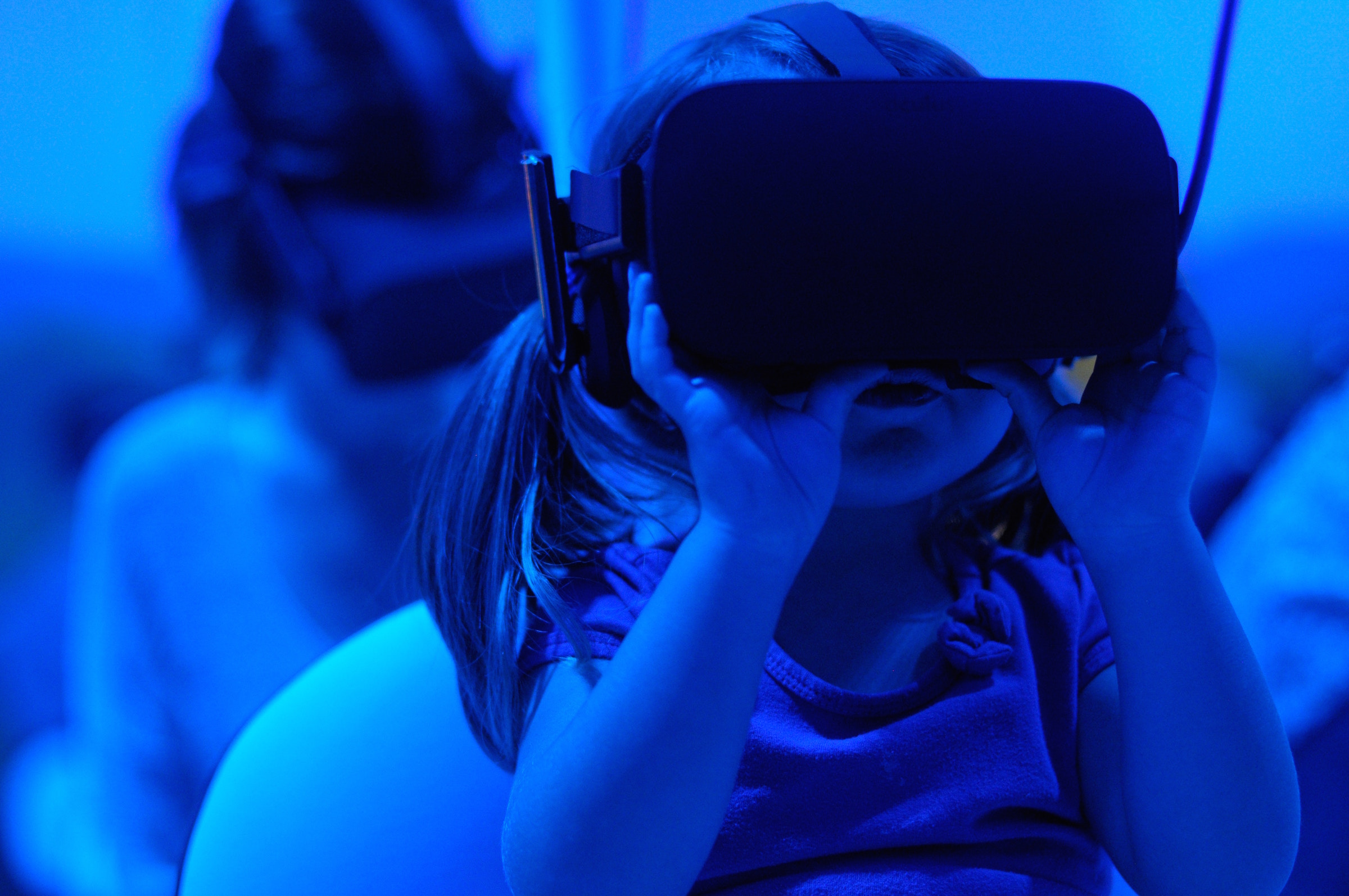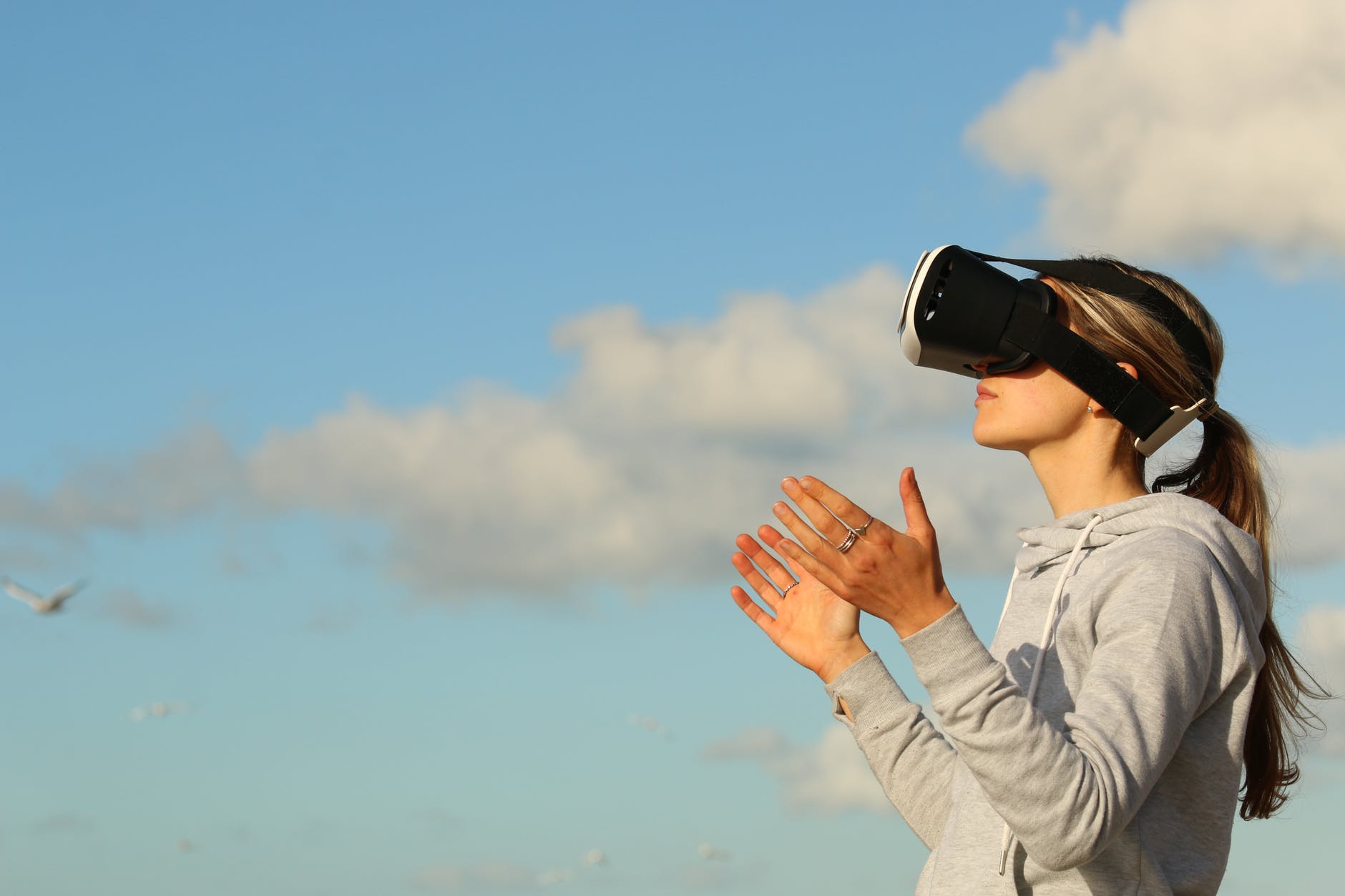How AR and VR Could Change Tourism in New York
Tourist itineraries in New York City are predictable enough to be b-roll cliche. Tourists are easy enough to spot: they move in flocks through Central Park, take selfies at the Statue of Liberty, stare in awe from their slow-moving tour buses at the Empire State Building, and — of course — purchase “I Heart NYC” t-shirts from overpriced carts. The New York that visitors enjoy is predictable, yes, but also vivid, exciting, and well-packed with familiar landmarks; each new day offers wide-eyed tourists the chance to experience famous sights firsthand.
But what if the tourism experience could span more than a well-walked map of landmarks? What if visitors could peel back the cliches of New York’s touristy exterior and delve into its rich history? Augmented and virtual reality technologies may provide a means to do just that, revolutionizing the way visitors experience both the city and its history.
VR and AR’s entry into the tourism sector isn’t all that surprising, given its growing popularity. Analysts for Goldman Sachs estimate that the market for both will overtake $1.6 billion by 2025. Figures from Statista further indicate that as of 2018, 117 million people worldwide were active VR users — a notable leap from four years before, when only 200,000 actively used the technology. Both AR and VR are well-known for their ability to create immersive digital experiences; they empower consumers to delve into their favorite fantasy gaming worlds, experience movies in near-overwhelming sensory experiences, and even virtually “trial” products before buying them in a brick-and-mortar store. With tourism, virtual- and augmented reality technologies promise to add another layer of immersion to an industry that already centers on creating memorable experiences.
VR Expands Tourism Possibilities
Every pre-planned walk or guided bus tour has its limits. Tourists can’t duck under the metaphorical velvet rope to explore their favorite attractions; they have to stay within set, guide-approved bounds. With VR, those limitations are less constricting, offering virtual access to the tourist without compromising the security of the site itself.
As Dr. Nigel Jones, a senior lecturer in information systems at Cardiff Metropolitan University noted for a recent article for the BBC, VR provides “something that’s more tangible to the [tourist]. They can see where they’re going to go, see what’s happening in that location […] The other advantage is to give people an experience that they can’t do. You could take them to a place that’s off limits — like a dungeon in a castle.”
New York City might be running low on castles, but it certainly has no shortage of historic attractions and digitally-explorable landscapes. Consider Governor’s Island, a popular tourist hotspot that sits just East of the Statue of Liberty. Today, the island encompasses several historical sites and a national park — but centuries ago, it was a seasonal fishing spot for Native Americans and an outpost for English and Dutch settlers. The island’s history is rich — and relatively inaccessible for most tourists. However, recent AR innovations have begun to allow tourists to walk through history as they traverse the island.
Inventing America is one such tourist-centered tool. Made publicly available in 2018, Inventing America uses an AR-powered app to transport visitors into a 17th-century, post-colonial version of Governor’s Island. The app provides users with the opportunity to delve into storylines, characters, and history even as they explore the real-life Governor’s Island on foot. Experiences in the app are inextricably tied to physical exploration, ensuring that the AR game complements and supports, rather than replaces, a tourist’s real-world experience on the island.
Of course, not all VR- and AR innovations are quite so based in game and narrative. Others, like the New York City-based tour provider The RIDE, use VR and AR experiences to provide tourists with more information as they drive past popular city hotspots. The RIDE melds traditional tour bus routes with augmented reality technology; each of its buses sport 40 LCD TVs, surround sound, and LED lights. This structure, the company notes, allows facilitators to provide “deeply researched audio/visual support conveying the history and growth of Manhattan” during their tours, thereby superimposing a tech-powered view of a past New York onto the view tourists see beyond the bus’s windows.
Emerging virtual tools promise to add all-new layers to New York’s tourism experience, sweeping away the tired tropes of tourist cliches — and we will be all the better for it.

